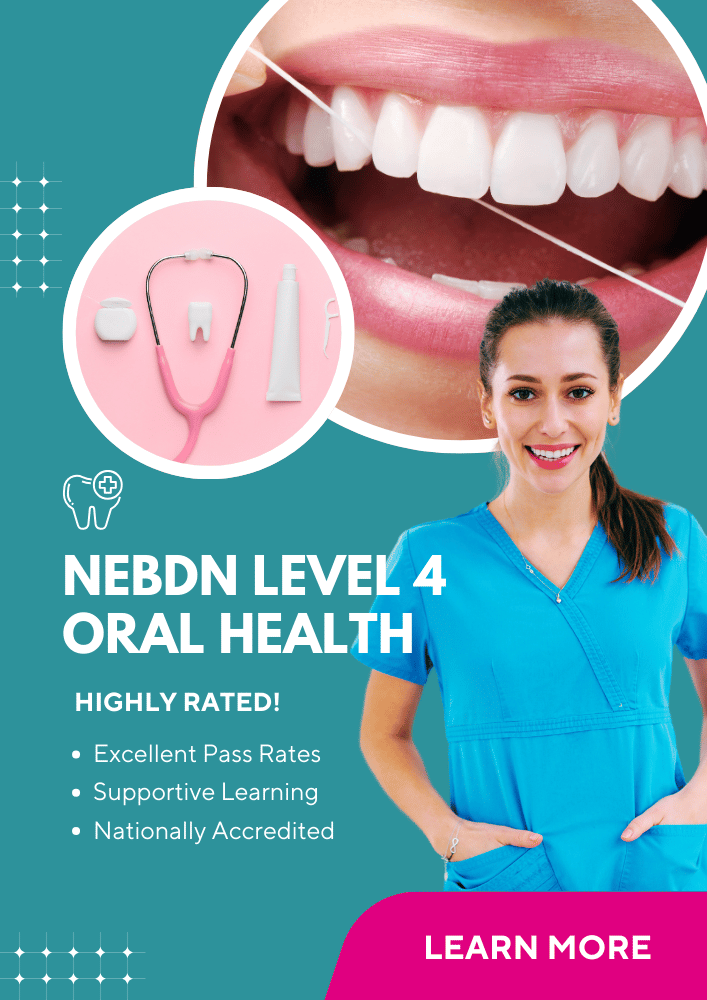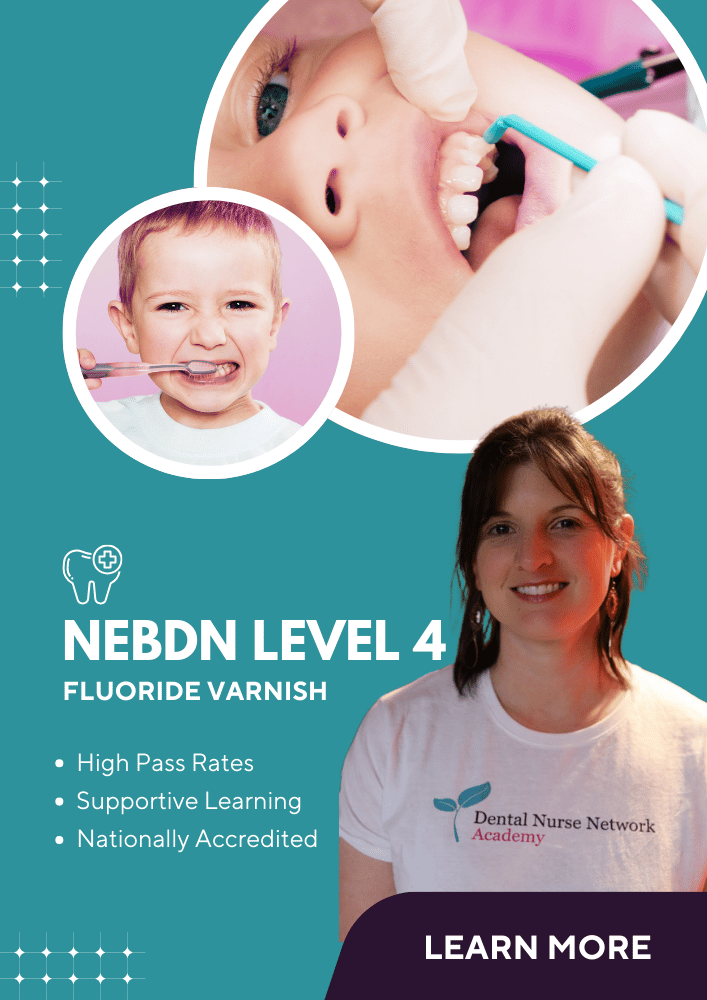 DIY dentistry is a growing trend in the UK. It involves people carrying out treatments such as teeth whitening, repairing cavities and minor orthodontic work at home without professional intervention. In this article, we are going to explore some of the most prevalent DIY dentistry trends, the reasons why some people are undertaking it and the consequences of attempting anything without the guidance of a dental professional.
DIY dentistry is a growing trend in the UK. It involves people carrying out treatments such as teeth whitening, repairing cavities and minor orthodontic work at home without professional intervention. In this article, we are going to explore some of the most prevalent DIY dentistry trends, the reasons why some people are undertaking it and the consequences of attempting anything without the guidance of a dental professional.
The rise of DIY dentistry
There is a huge amount of education and training involved in becoming a dental professional, so it is hard to understand why anyone would choose to take their dental care into their own hands. There are a few reasons outlined below:
Cost-effectiveness
It is no secret that rising inflation, higher housing costs, increasing energy bills and the impact of Covid-19 have led to what is now being referred to as the ‘cost of living crisis’. This also has an impact on dentistry in the UK. As prices for everyday items continue to rise, many people are having to cut back on what they consider to be non-essential. For some, this can include dental treatments. Whilst NHS dentistry is free for those exempt from charges, there are still fees involved for many, resulting in a decrease in demand for dental services. Additionally, because of the high costs associated with running a dental practice, some dentists have had to reduce staff or close down altogether due to financial difficulties.
Convenience
Alongside the rising cost of living, you may have also seen terms such as the ‘NHS dental crisis’ in the media recently. Many people in the UK have reported difficulty accessing NHS dental care in certain regions. These areas have been referred to as ‘dental deserts’. Some areas have a shortage of NHS dentists, with dentists feeling as though they have no choice but to work privately at an increased cost to the patient. The good news is that change is on the horizon. A long-term NHS reform is being rolled out which aims to:
- Increase access and reduce waiting times for those most in need;
- Increase affordability;
- Increase the skill mix within the workforce; and
- Put preventative care as the focus for NHS dentistry.
Social Media
Social media gained significant popularity in the mid-2000s and has now become an integral part of communication and online culture. People often compare themselves to others they see online, which can result in certain insecurities, including over personal appearance. It is also very common for people to imitate trends and behaviours shown on social media, particularly if these are shown by popular influencers or celebrities. Unfortunately, some influencers and celebrities can afford to spend thousands of pounds on cosmetic treatments and smile makeovers, making their teeth appear perfect. This is unachievable for the majority. Social media algorithms will also often show users content that aligns with their interests and preferences. This can create an echo chamber in which individuals are repeatedly exposed to content that is similar to content they have previously viewed. For example, if you are self-conscious about your teeth and start looking at influencers talking about their new smile makeover, you are likely to be shown more of this content, which can subconsciously reinforce any insecurities. We know that younger generations tend to be impacted more negatively by social media and it can lead to anxiety, depression, mental health problems and feelings of loneliness and isolation.
DIY dentistry trends
So, what exactly do we mean by the term ‘DIY dentistry’? Below are some examples of common treatments that individuals are trying at home, together with their potential risks and side-effects:
Teeth whitening
Teeth whitening is an increasingly popular cosmetic treatment. When done professionally, it can whiten the teeth effectively whilst being safe and non-invasive. Teeth whitening can also come with a high price tag at a dental practice, so some individuals are trying to achieve similar results at home in the following ways:
Brushing with crushed strawberries, lemons or baking soda – While brushing with strawberries, lemons and baking soda may be a popular home remedy for whitening teeth, there is no scientific evidence to suggest that it is an effective method. We know that strawberries and lemons are highly acidic and can therefore damage the tooth surface by causing erosion. Patients are likely to be disappointed with the results if they use these methods and could end up with severe sensitivity.
Brushing with pure hydrogen peroxide – Hydrogen peroxide is the active ingredient in professional whitening products. In the UK, such products must contain no more than 6% hydrogen peroxide and must be prescribed by a dentist. Professional whitening products must also be used alongside custom-made whitening trays to ensure the hydrogen peroxide does not touch the gingiva. Brushing your teeth with undiluted hydrogen peroxide can lead to adverse effects such as:
- Severe tooth sensitivity;
- Gum irritation: burning, redness, inflammation or even chemical burns;
- Injury to the throat and digestive tract;
- Allergic reactions.
Using whitening toothpastes or over-the-counter whitening products – In the UK, there is a limit on the level of hydrogen peroxide allowed within products that are available over the counter. This limit is 0.1%, meaning that such products tend to be quite ineffective at whitening teeth. Some whitening toothpastes contain abrasive ingredients to remove ‘surface staining’ and also have low levels of fluoride. This isn’t the case for all whitening toothpastes; some use different whitening ingredients with the correct levels of fluoride and can be used safely. It is important to do your research on the whitening toothpastes available, as many patients will ask what your recommendation is. Over-the-counter whitening products will also have limited effectiveness, but may not necessarily be damaging to the teeth, as they have to go through certain safety precautions before being made available to the public. In this case, it is important that patients' expectations are managed, as it isn’t going to be possible to achieve the same results as can be expected with professional whitening.
DIY fillings
It isn’t uncommon for an existing filling to come out on a Sunday afternoon when all of the dental practices are closed. In these circumstances, it can be tempting to go to a pharmacy and pick up a temporary filling material until the dental practices re-open on a Monday morning. This generally isn’t a problem. However, when individuals take matters into their own hands and try to permanently replace fillings with materials that are not designed for this purpose, the following can occur:
- Infection – dental practices have strict cross-infection policies that cannot easily be replicated at home.
- Leftover decay – some fillings are lost as a result of decay, and this decay needs to be removed before a new restoration can be placed.
- Misalignment – improper placement of a filling can affect the bite and alignment of the teeth, leading to long term discomfort, pain and damage to other teeth.
- Pain and sensitivity.
- Damage to nearby structures.
- Worsening of the problem.
Orthodontic treatment
Orthodontics is a highly specialised area of dentistry and should not be undertaken without supervision from a dentist or orthodontist. Some individuals use orthodontic bands to apply pressure and close small gaps. Others attempt to create their own braces using rubber bands, dental floss or paper clips. There are also companies offering clear aligners without the need to see a dental professional. All of these carry the following risks:
- Misalignment of the teeth – this can lead to bite problems, discomfort and difficulty chewing.
- Tooth damage – this includes root resorption due to the incorrect pressure, enamel erosion, chipping or cracking of the teeth.
- Gum and tissue damage.
- Infection.
- Unpredictable results.
- Pain and discomfort.
- Bite problems.
- Further expense to fix the problem.
Extractions
This is possibly one of the most extreme forms of DIY dentistry and tends to happen where individuals are in extreme pain and cannot see a way out of their situation. It is very dangerous and can result in permanent damage to the surrounding teeth and structures. There is also a huge risk of infection, especially where people use household tools to carry out the task. The following side-effects can occur in anyone who attempts an extraction at home:
- Infections.
- Excessive bleeding.
- Damage to adjacent teeth and structures.
- Life-threatening complications.
Advice for safe at -home oral health care
The best form of at-home dental care is a good, effective oral hygiene routine. We hope that patients never feel the need to carry out treatments at home. To ensure we continue supporting patients in the best way possible and reduce the likelihood that they will engage in DIY dentistry, the following pieces of advice can be given to all patients:
1. Brush your teeth twice a day with fluoride toothpaste and clean interdentally regularly to remove plaque build-up and food particles between the teeth.
2. Use an antiseptic mouthwash or rinse after brushing to help reduce bacteria in the mouth if advised to.
3. Avoid sugary snacks, drinks, and foods that may cause cavities or other dental problems over time.
4. Replace your toothbrush every three months or when it starts to wear out for optimal oral hygiene results.
5. Visit your dentist for regular checkups to ensure any potential issues are identified early on and before they become more serious problems.
Resources
https://www.cqc.org.uk/guidance-providers/dentists/dental-mythbuster-39-direct-consumer-orthodontics
Written by Melanie Pomphrett MSc, RDH, PGCE.
Edited by Karen Atkinson PhD, MSc, LLB, CIEP.



